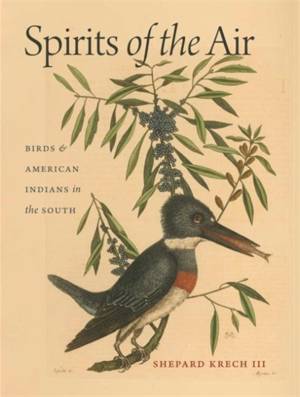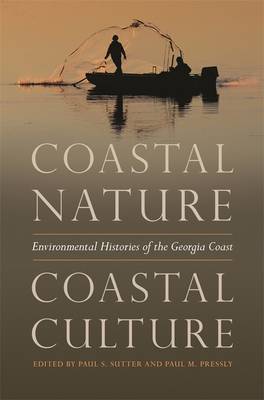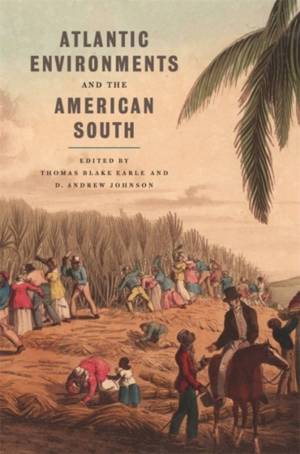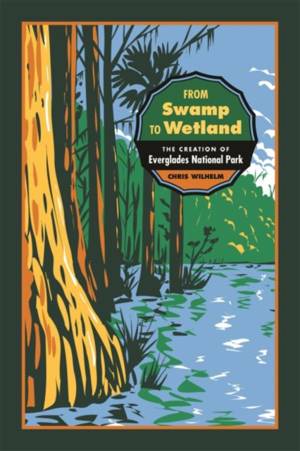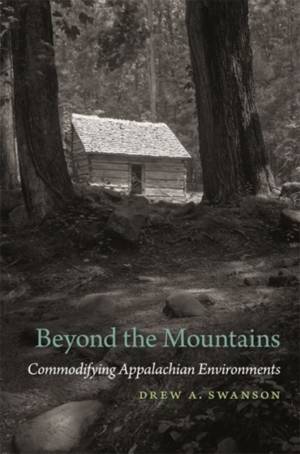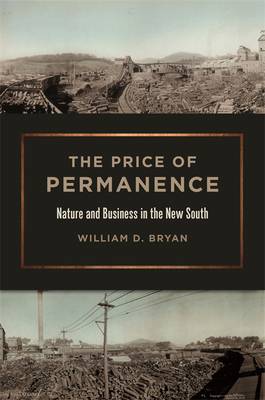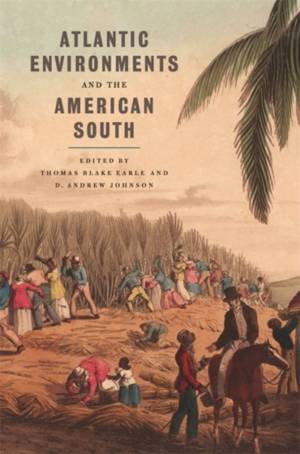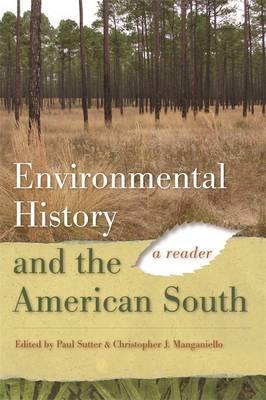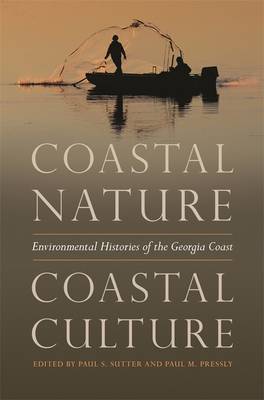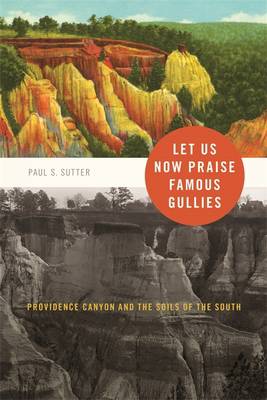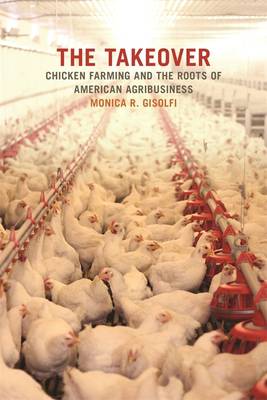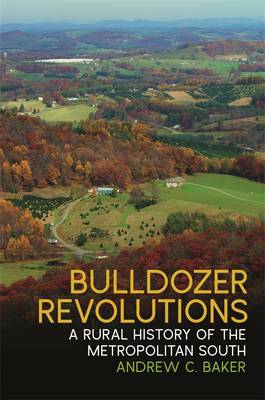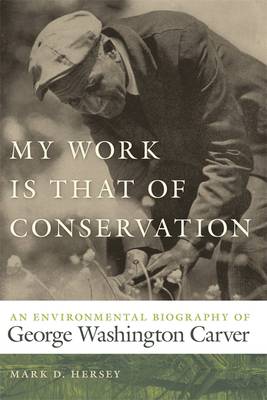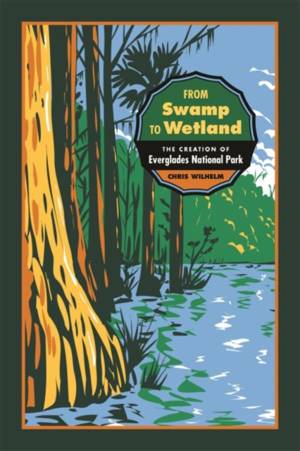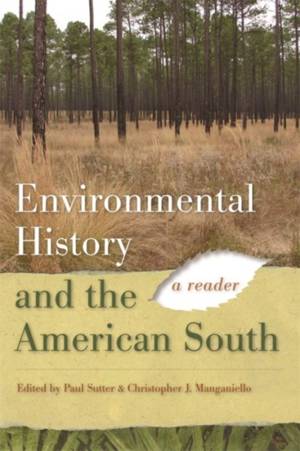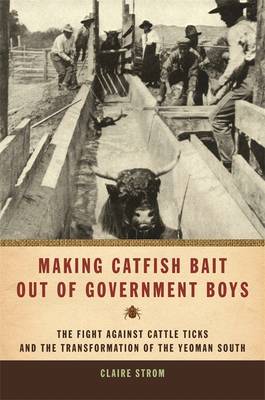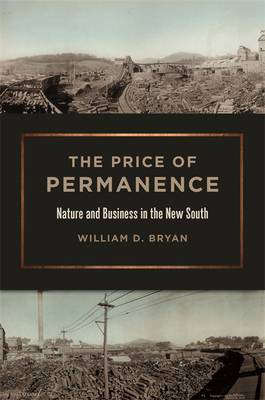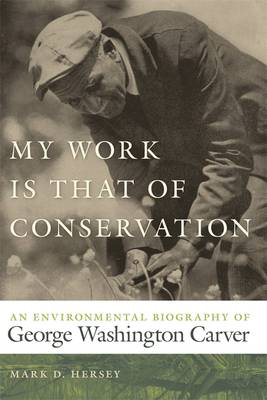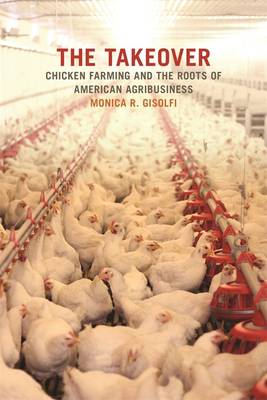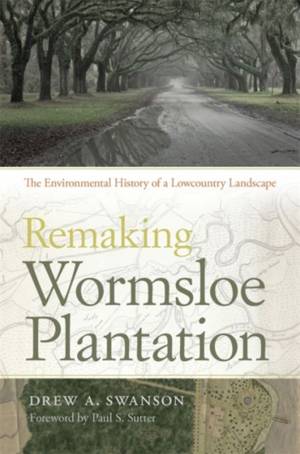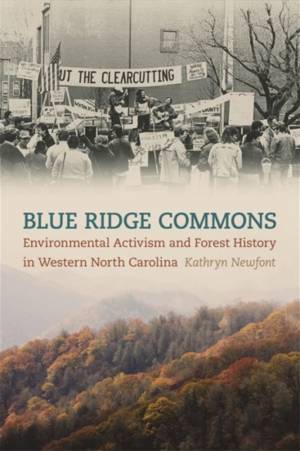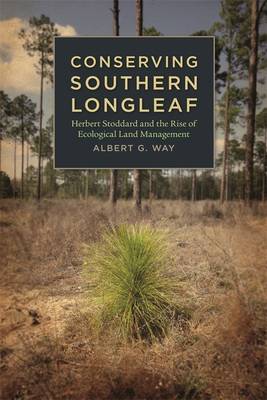
- Retrait gratuit dans votre magasin Club
- 7.000.000 titres dans notre catalogue
- Payer en toute sécurité
- Toujours un magasin près de chez vous
- Retrait gratuit dans votre magasin Club
- 7.000.0000 titres dans notre catalogue
- Payer en toute sécurité
- Toujours un magasin près de chez vous
Résultats pour "Environmental History and the American South"
-
The Oyster Question
Christine Keiner
- Livre relié | Anglais | Environmental History and the American South
- In The Oyster Question , Christine Keiner applies perspectives of environmental, agricultural, political, and social history to examine the decline of... Savoir plus
215,45 €Livraison 2 à 3 semaines215,45 €Livraison 2 à 3 semaines -
Spirits of the Air
Shepard Krech
- Livre relié | Anglais | Environmental History and the American South
- Before the massive environmental change wrought by the European colonization of the South, hundreds of species of birds filled the region's flyways in... Savoir plus
74,95 €Livraison 2 à 3 semaines74,95 €Livraison 2 à 3 semaines -
Coastal Nature, Coastal Culture
- Livre relié | Anglais | Environmental History and the American South
- One of the unique features of the Georgia coast today is its thorough conservation. At first glance, it seems to be a place where nature reigns. But a... Savoir plus
125,45 €Livraison 1 à 2 semaines125,45 €Livraison 1 à 2 semaines -
Atlantic Environments and the American South
- Livre relié | Anglais | Environmental History and the American South
- There is clear overlap in interests and influences for the fields of Atlantic, environmental, and southern history, but scholarship in them has often ... Savoir plus
186,45 €Livraison 2 à 3 semaines186,45 €Livraison 2 à 3 semaines -
From Swamp to Wetland
Chris Wilhelm
- Livre broché | Anglais | Environmental History and the American South
- This book chronicles the creation of Everglades National Park, the largest subtropical wilderness in the United States. This effort, which spanned 192... Savoir plus
45,95 €Livraison 2 à 3 semaines45,95 €Livraison 2 à 3 semaines -
Beyond the Mountains
Drew a Swanson
- Livre relié | Anglais | Environmental History and the American South
- Beyond the Mountains explores the ways in which Appalachia often served as a laboratory for the exploration and practice of American conceptions of na... Savoir plus
186,45 €Livraison 2 à 3 semaines186,45 €Livraison 2 à 3 semaines -
The Price of Permanence
William D Bryan
- Livre broché | Anglais | Environmental History and the American South
- Using the lens of environmental history, William D. Bryan provides a sweeping reinterpretation of the post-Civil War South by framing the New South as... Savoir plus
56,45 €Livraison 2 à 3 semaines56,45 €Livraison 2 à 3 semaines -
Atlantic Environments and the American South
- Livre broché | Anglais | Environmental History and the American South
- There is clear overlap in interests and influences for the fields of Atlantic, environmental, and southern history, but scholarship in them has often ... Savoir plus
50,45 €Livraison 2 à 3 semaines50,45 €Livraison 2 à 3 semaines -
Environmental History and the American South
- Livre broché | Anglais | Environmental History and the American South
- This reader gathers fifteen of the most important essays written in the field of southern environmental history over the past decade. Ideal for course... Savoir plus
74,95 €Livraison 2 à 3 semaines74,95 €Livraison 2 à 3 semaines -
Coastal Nature, Coastal Culture
- Livre broché | Anglais | Environmental History and the American South
- One of the unique features of the Georgia coast today is its thorough conservation. At first glance, it seems to be a place where nature reigns. But a... Savoir plus
44,95 €Livraison 1 à 2 semaines44,95 €Livraison 1 à 2 semaines -
War Upon the Land
Lisa M Brady
- Livre relié | Anglais | Environmental History and the American South
- In this first book-length environmental history of the American Civil War, Lisa M. Brady argues that ideas about nature and the environment were centr... Savoir plus
215,45 €Livraison 2 à 3 semaines215,45 €Livraison 2 à 3 semaines -
Let Us Now Praise Famous Gullies
Paul S Sutter
- Livre broché | Anglais | Environmental History and the American South
- Providence Canyon State Park, also known as Georgia's "Little Grand Canyon," preserves a network of massive erosion gullies allegedly caused by poor f... Savoir plus
44,45 €Livraison 2 à 3 semaines44,45 €Livraison 2 à 3 semaines -
The Takeover
Monica R Gisolfi
- Livre relié | Anglais | Environmental History and the American South
- Economists have described the upcountry Georgia poultry industry as the quintessential agribusiness. Following a trajectory from Reconstruction throug... Savoir plus
111,95 €Livraison 2 à 3 semaines111,95 €Livraison 2 à 3 semaines -
Bulldozer Revolutions
Andrew C Baker
- Livre relié | Anglais | Environmental History and the American South
- By examining the metropolitan fringes of Houston in Montgomery County, Texas, and Washington, D.C., in Loudoun County, Virginia, this book combines ru... Savoir plus
71,95 €Livraison 1 à 2 semaines71,95 €Livraison 1 à 2 semaines -
My Work Is That of Conservation
Mark D Hersey
- Livre broché | Anglais | Environmental History and the American South
- George Washington Carver (ca. 1864-1943) is at once one of the most familiar and misunderstood figures in American history. In My Work Is That of Cons... Savoir plus
56,45 €Livraison 2 à 3 semaines56,45 €Livraison 2 à 3 semaines -
From Swamp to Wetland
Chris Wilhelm
- Livre relié | Anglais | Environmental History and the American South
- This book chronicles the creation of Everglades National Park, the largest subtropical wilderness in the United States. This effort, which spanned 192... Savoir plus
215,45 €Livraison 2 à 3 semaines215,45 €Livraison 2 à 3 semaines -
Environmental History and the American South
- Livre relié | Anglais | Environmental History and the American South
- This reader gathers fifteen of the most important essays written in the field of southern environmental history over the past decade. Ideal for course... Savoir plus
215,45 €Livraison 2 à 3 semaines215,45 €Livraison 2 à 3 semaines -
Making Catfish Bait Out of Government Boys
Claire Strom
- Livre broché | Anglais | Environmental History and the American South
- This first full-length study of the cattle tick eradication program in the United States offers a new perspective on the fate of the yeomanry in the t... Savoir plus
50,45 €Livraison 2 à 3 semaines50,45 €Livraison 2 à 3 semaines -
The Price of Permanence
William D Bryan
- Livre relié | Anglais | Environmental History and the American South
- Using the lens of environmental history, William D. Bryan provides a sweeping reinterpretation of the post-Civil War South by framing the New South as... Savoir plus
93,45 €Livraison 2 à 3 semaines93,45 €Livraison 2 à 3 semaines -
My Work Is That of Conservation
Mark D Hersey
- Livre relié | Anglais | Environmental History and the American South
- George Washington Carver (ca. 1864-1943) is at once one of the most familiar and misunderstood figures in American history. In My Work Is That of Cons... Savoir plus
215,45 €Livraison 2 à 3 semaines215,45 €Livraison 2 à 3 semaines -
The Takeover
Monica R Gisolfi
- Livre broché | Anglais | Environmental History and the American South
- Economists have described the upcountry Georgia poultry industry as the quintessential agribusiness. Following a trajectory from Reconstruction throug... Savoir plus
41,45 €Livraison 2 à 3 semaines41,45 €Livraison 2 à 3 semaines -
Remaking Wormsloe Plantation
Drew a Swanson
- Livre relié | Anglais | Environmental History and the American South
- Why do we preserve certain landscapes while developing others without restraint? Drew A. Swanson's in-depth look at Wormsloe plantation, located on th... Savoir plus
46,45 €Livraison 1 à 2 semaines46,45 €Livraison 1 à 2 semaines -
Blue Ridge Commons
Kathryn Newfont
- Livre broché | Anglais | Environmental History and the American South
- In the late twentieth century, residents of the Blue Ridge mountains in western North Carolina fiercely resisted certain environmental efforts, even w... Savoir plus
67,45 €Livraison 2 à 3 semaines67,45 €Livraison 2 à 3 semaines -
Conserving Southern Longleaf
Albert G Way
- Livre broché | Anglais | Environmental History and the American South
- The Red Hills region of south Georgia and north Florida contains one of the most biologically diverse ecosystems in North America, with longleaf pine ... Savoir plus
56,45 €Livraison 2 à 3 semaines56,45 €Livraison 2 à 3 semaines






